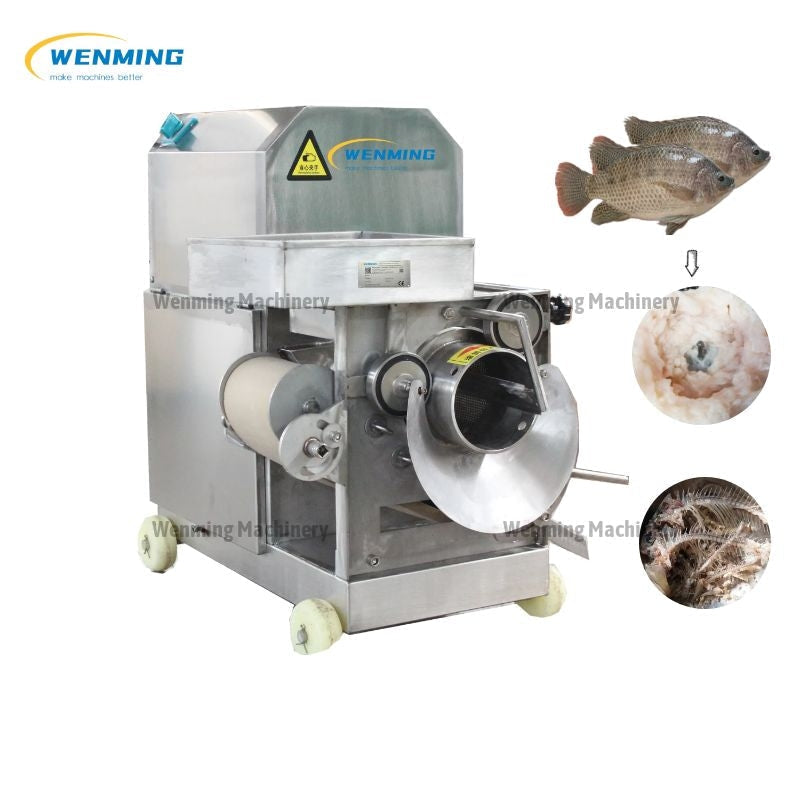10 years of experience as a food machinery equipment manufacturer
10 years of experience as a food machinery equipment manufacturer
A fish meat and bone separator, also known as a fish deboner or fish meat refiner, is a specialized piece of food processing equipment designed to efficiently separate fish flesh from bones, skin, and fins. The primary function is to extract pure fish meat (mince or surimi) which can then be used in a variety of products such as fish balls, fish cakes, fish sausages, and other value-added seafood items. These machines typically operate by pressing fish through a perforated drum or belt system, where the softer meat passes through the holes while bones and skin are retained and expelled separately.

When evaluating a fish meat and bone separator for purchase, several key features are critical for optimal performance, hygiene, and longevity:
When searching for a fish meat and bone separator on the market, consider the following points to make an informed purchase:
